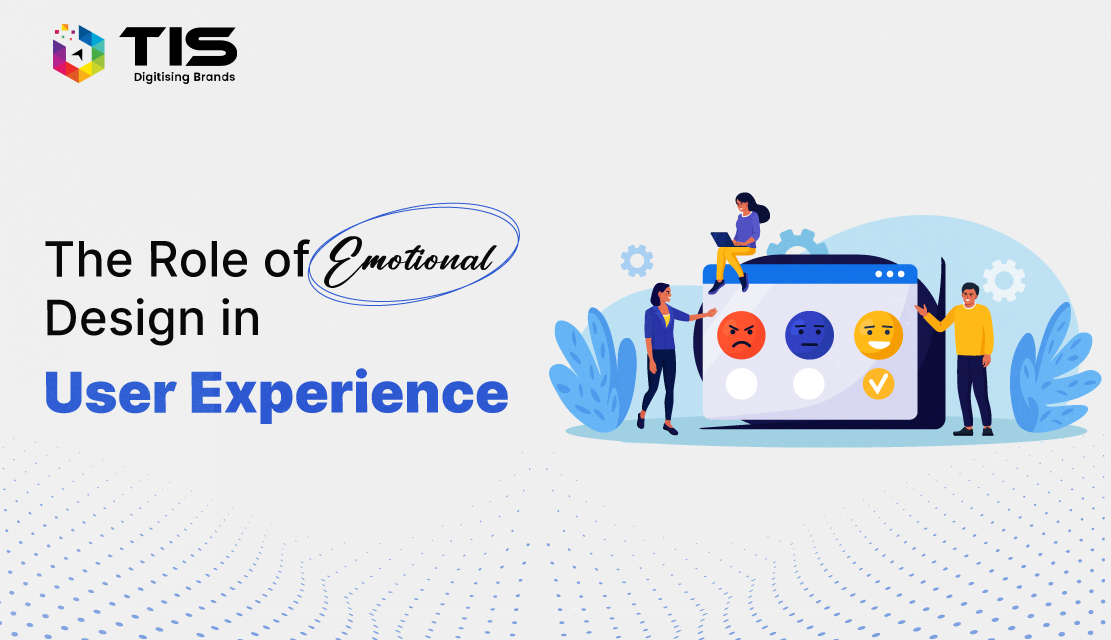
Today, few aspects of UX design are more important than the ability to elicit an ‘emotional response’ in viewers. Emotional design is not just a correlative of the trends that have been observed in the layout and design of the interfaces or a way of establishing endearingly new bonds with the users but it is also about learning how to control the users’ emotions.
In this blog, one will understand how the application and creation of an emotional design influence the users’ actions, their loyalty, and sometimes the results of the business.
Stating the obvious, in a world that is more connected than ever before, capturing the user’s attention boils down to appealing to the heart and not the mind. Emotional Design is the secret ingredient that transforms ordinary experiences into extraordinary ones. It is not just a fragment of design, but a powerful tool that is used in order to control the behavior of the consumers and stimulate the company’s development.
Understanding these psychological principles of social interactions and applying them allows crafting memorable experiences that would lead to customers’ loyalty and increased sales.
We’ll read out the science behind the “feel-good factor,” translating it into actionable tactics for crafting digital experiences that not only work flawlessly but resonate deeply with users:
Humans are emotional creatures. Emotional decisions are far more overwhelming than rational decisions. This principle reveals the rationale of the approach that is used under the concept of emotional design. It prescribes the creation of screens that elicit a user’s emotional response and make users’ interaction not only practical but also enjoyable and memorable. This approach is in line with design psychology where various aspects of the design components of the reaction of emotions and feelings are studied. In this context, 75% of the users base their perception of the credibility of a website on the aspect of appearance of the website (Linearity). Therefore, it is clear that emotion has no short connection with beauty, but it is about reaching your audience, understanding them, and resonating with them through the inclusion of emotional design.
Behind the concept of emotional design psychology, there is not only a sentimental focus on the learn more:
Acquiring new clients is significantly more expensive than retaining existing ones. A mere 20% customer churn can translate to an 80% increase in acquisition costs (ESG Success). Emotional design fosters user loyalty, reducing churn and strengthening the customer base.
Poor UX design leads to an estimated loss of about $1.6 trillion in sales in customer service every year. (Accenture). So, enhancing the value of such solutions as emotional design can be regarded as an efficient insurance against financial losses and the maximization of revenues.
Research indicates that good UX design can bring about a high ROI of 9,900% (Designlab). It is possible to conclude that the use of ED leads to noteworthy improvements concerning the financial aspect.
Now that we know the ‘why’ of emotional design let’s move to the ‘how to’ implement emotional design tactfully. Here are some steps for creating emotionally resonant experiences:
According to OKMG, 74% of users get frustrated when content on a website is not customized. Making experiences fit a given user’s specific requirements is not only necessary to adapt functions but also important when it comes to grabbing the respondent emotionally. Generalization on the other hand feels meaningless and significant to a user, and hence, personalization ensures that the user is valuable and is considered.
The effectiveness of the role of emotional design in digital interfaces in UX will increase as well. New opportunities that have appeared in the modern world allow for developing even more intense experiences, such as artificial intelligence and augmented reality. For instance, the application of artificial intelligence in personalization can work to improve emotional appeal since users’ requirements and tendencies are easier to forecast. Augmented reality essentially creates interactive and emotionally enhanced experiences of the physical-environmental realities.
In conclusion, it can be stated that Emotional design in UX, as an influential factor, contributes to enhancing user experience and business effectiveness. Appeal to the emotions of the user along with identification of the users and making them benefit from an interesting experience directly helps in taking the satisfaction level, usage rate, and profitability of the company’s products and services to the next level. With this kind of progression as the new normal for the next form of cyberspace, emotional design will always remain relevant for organizations with ambitions in their target market because using it will enable them to establish more profound and long-term relations with the users.
For corporations that need to incorporate emotional design into their companies’ digital surfaces, hiring UI/UX design services can prove beneficial by offering the required knowledge. That is why, the principles of design psychology as well as aiming at providing the targeted user with a series of emotions are capable of opening the way to creating all sorts of users’ experiences that go beyond the targeted customers’ expectations.